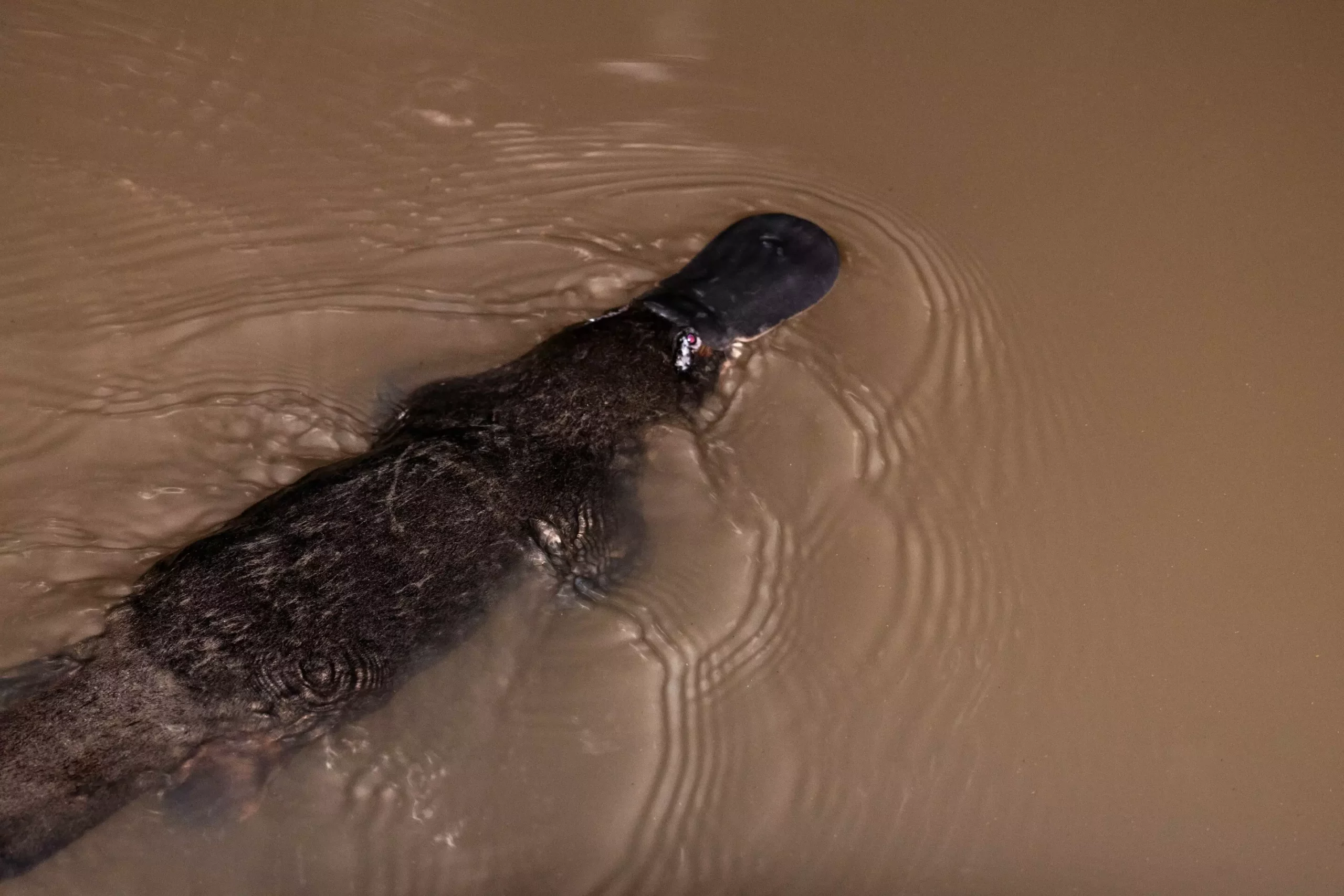A recent study conducted by Western Sydney University has brought to light a troubling discovery regarding PFOS (perfluorooctane sulfonate) chemical contamination in platypuses across eastern New South Wales. The study, which was published in Environmental Science and Pollution Research, examined liver samples from nine deceased platypuses collected over a two-and-a-half-year period. Lead researcher Katherine Warwick expressed shock at the levels of PFOS detected in the platypuses, with concentrations ranging from 4 micrograms per kilogram to a staggering 1,200 micrograms per kilogram.
PFOS is a type of PFAS (per- and poly-fluoroalkyl substances) that are known as ‘forever chemicals’ due to their resistance to breaking down. As top-order predators that provide valuable environmental insights, platypuses are particularly vulnerable to the harmful effects of these chemicals. Warwick emphasized the need for further research into how platypuses are consuming PFOS and its origins, stating that even trace amounts of the chemical can accumulate to dangerously high levels within these unique creatures.
Exploring the Origins of Contamination
The highest concentration of PFOS was found in a platypus from the Hunter River in Maitland, near a recorded PFOS hotspot. The presence of this chemical in the platypus found in this location was not surprising. Warwick suspects that platypuses are ingesting contaminated sediment while foraging for macroinvertebrates, as PFOS is known to stick to sediment. The disturbance of sediment during foraging activities may inadvertently lead to the ingestion of this harmful chemical by platypuses.
Due to the concerning findings of the study, Warwick and her colleagues are urging governing bodies to release any available data on areas where platypuses are found. Additionally, they are calling for further research to be conducted to better understand the extent of PFOS contamination in platypus populations. This information is crucial for developing effective conservation strategies to protect these unique and valuable animals.
The research conducted by Katherine Warwick under the supervision of Associate Professor Ian Wright and Dr. Michelle Ryan has shed light on a pressing environmental issue. The dedication and hard work of the researchers involved in this study highlight the importance of continued efforts to monitor and address chemical contamination in wildlife populations. Platypuses serve as important indicators of environmental health, making it essential to prioritize their well-being in the face of increasing threats such as PFOS contamination.


Leave a Reply